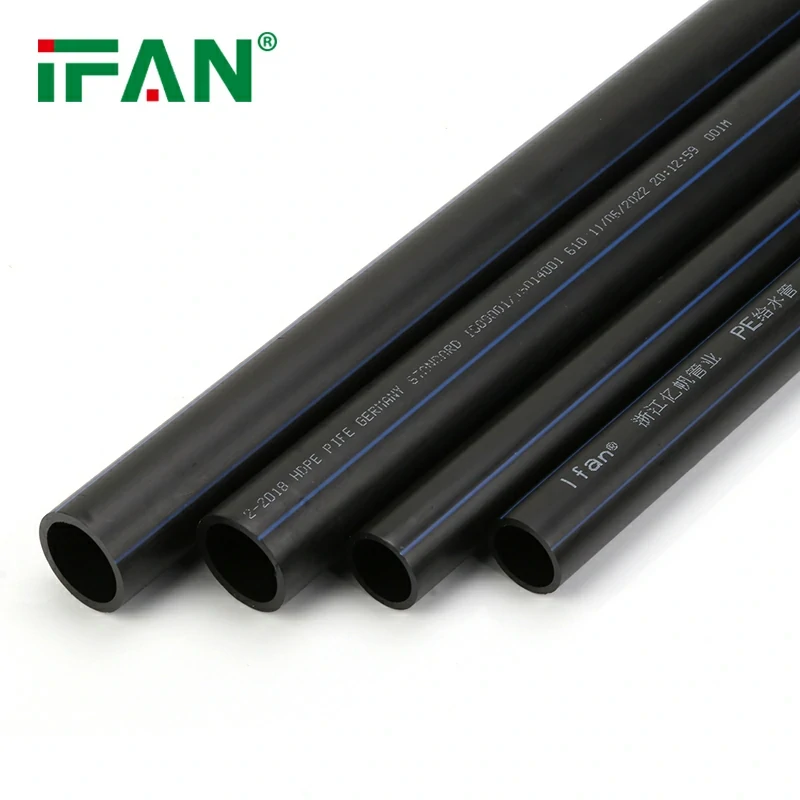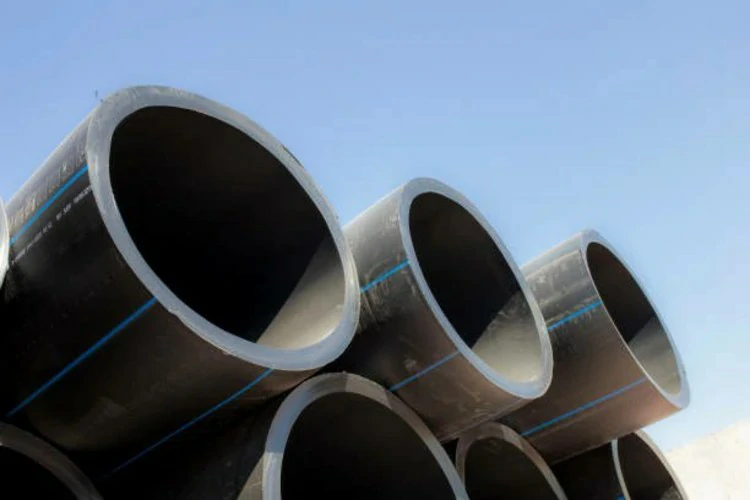Introduction:
The realm of construction demands materials that can seamlessly adapt to diverse project requirements while ensuring longevity and structural integrity. High-Density Polyethylene (HDPE) pipe have emerged as a transformative solution in construction projects, offering unparalleled flexibility and versatility. In this article, we explore the pivotal role of HDPE pipe in construction, focusing on their advantages in flexibility and adaptability.

1. Flexibility: Tailoring Solutions to Project Dynamics
1.1 The Nature of Construction Challenges
Construction projects often present dynamic challenges that require adaptable solutions. Traditional rigid materials may encounter difficulties in accommodating changes in terrain, layout, or unexpected obstacles. HDPE pipe, characterized by their flexibility, offer a solution to these challenges, allowing for easy customization to meet the specific needs of a construction site.
1.2 Adaptable to Terrain Variations
The topography of construction sites can vary significantly, posing challenges in traditional pipeline installations. HDPE pipe, owing to their flexibility, can effortlessly navigate variations in terrain. This adaptability ensures that the pipeline can follow the natural contours of the land, minimizing the need for extensive excavation and reducing the overall environmental impact of construction activities.
1.3 Mitigating Ground Movement Impact
Ground movement, a common occurrence in construction zones, can exert stress on pipelines. HDPE’s flexibility allows the pipes to absorb and distribute this stress, reducing the risk of damage or failure. This inherent ability to mitigate the impact of ground movement enhances the resilience of HDPE pipe in construction projects, ensuring long-term structural integrity.
2. Versatility: Meeting Varied Construction Requirements
2.1 Compatibility with Different Construction Techniques
Construction projects employ a variety of techniques, each with its unique requirements. HDPE pipe, known for their versatility, seamlessly integrate with diverse construction methods. Whether used in open-trench installations, horizontal directional drilling (HDD), or trenchless applications, HDPE pipes offer a versatile solution that aligns with the specific demands of the construction process.
2.2 Customization for Specialized Applications
Certain construction projects demand specialized features in pipelines, such as corrosion resistance, chemical inertness, or the ability to withstand extreme temperatures. HDPE pipe can be customized to meet these requirements, ensuring that the material properties align with the specific needs of the project. This adaptability makes HDPE a go-to choice for applications ranging from sewage systems to industrial pipelines.
2.3 Joining Methods for Enhanced Flexibility
The versatility of HDPE pipe is further accentuated by the various joining methods available. Heat fusion, electrofusion, and mechanical fittings provide flexibility in connecting pipes, allowing for efficient and reliable installations. These joining methods contribute to the adaptability of HDPE pipelines, enabling quick adjustments and modifications as needed during construction.
3. Sustainability: The Eco-Friendly Edge of HDPE in Construction
3.1 Reduced Environmental Impact
Construction projects are under increasing scrutiny for their environmental impact. HDPE pipe, with their flexibility and adaptability, often require less excavation, reducing the disturbance to ecosystems. The eco-friendly construction practices facilitated by HDPE contribute to sustainability goals, aligning with the global trend toward environmentally conscious building solutions.
3.2 Longevity and Reduced Maintenance
The durability of HDPE pipe translates to a longer lifespan and reduced maintenance requirements. This longevity ensures that construction elements, such as pipelines, remain in service for extended periods, minimizing the need for frequent replacements. The resulting reduction in material usage and maintenance activities contributes to the overall sustainability of construction projects.
Conclusion:
In conclusion, HDPE pipe have revolutionized the role of pipelines in construction projects, bringing flexibility and versatility to the forefront. Their ability to seamlessly adapt to project dynamics, coupled with customization options and sustainable features, positions HDPE as a pivotal material in the construction industry. As construction practices continue to evolve, HDPE pipes stand as a testament to innovation, resilience, and environmentally responsible building solutions.
Contact:
IFAN is a manufacturer with 30 years of experience, specializing in plastic pipes, fittings, and valves in China. If you are interested in IFAN’s copper valves, PPR valves, pipes, and fittings, feel free to contact us. IFAN provides various standard pipes to meet your specific needs. Click the link below to explore IFAN’s diverse, cost-effective valve products, as well as related pipeline system products.
We will reply your email or fax within 24 hours.
You can call us at any time if there is any question on our production.
For more information,pls visit our webside https://www.ifanplus.com/
Pls Mailto: [email protected]






